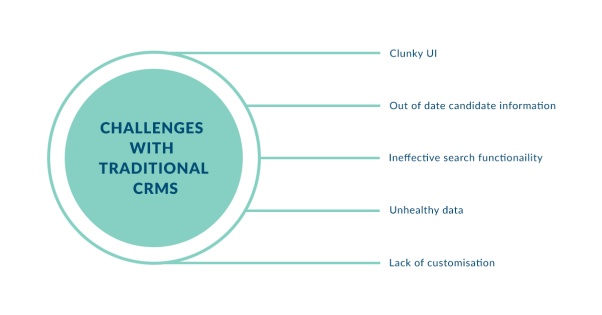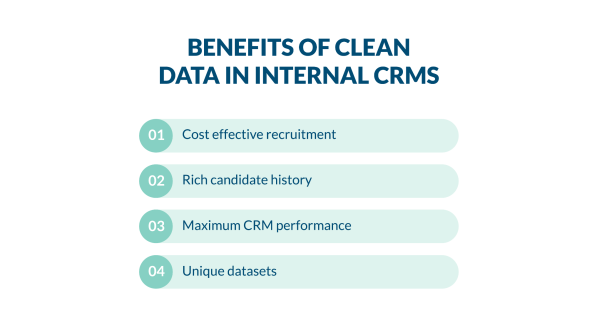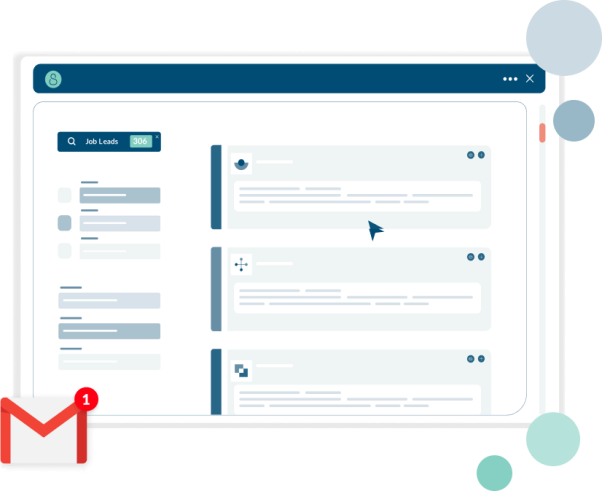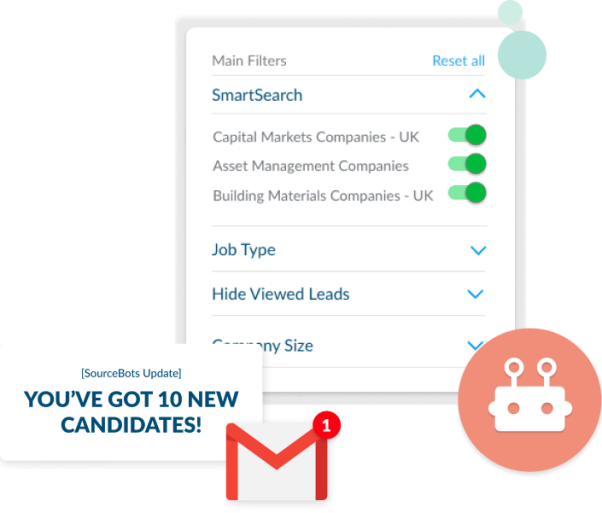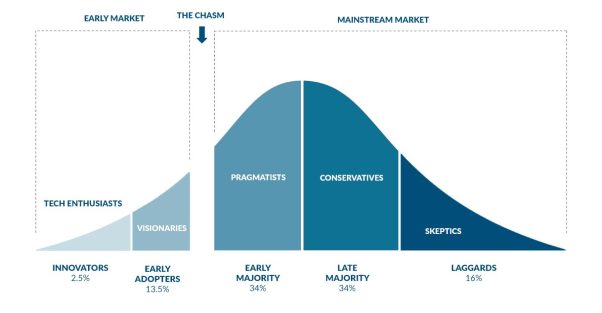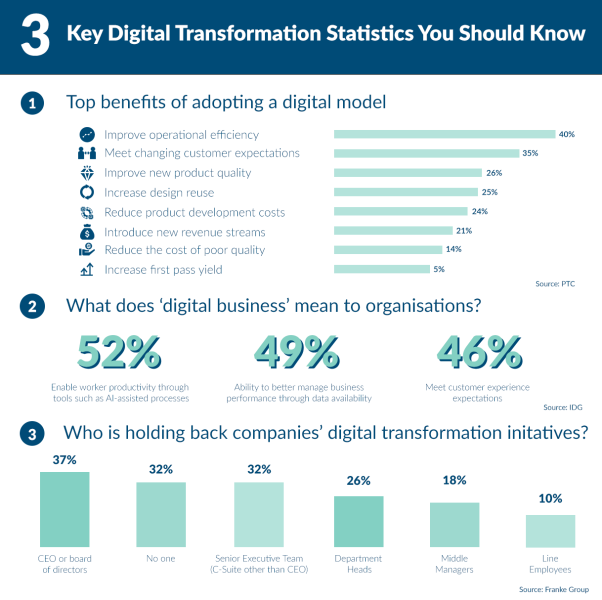What is the importance of automation in recruitment and why is it such a hot topic?
Automation and digital transformation are high on priority lists of recruitment and staffing agencies around the world, yet only a fraction of firms are truly leveraging the power of fully digitizing the way they work.
Changing priorities – trends in automation
Sourcing is top of the recruitment lifecycle challenges, but less than half of firms automate the process.
Staffing CRM leader Bullhorn’s 2022 Global Recruitment Insights & Data Trends Report (GRID) surveyed more than 4,000 respondents across 12 countries, revealing that candidate acquisition was the number one challenge facing recruitment agencies around the globe.
The results showed a clear shift in recruitment company priorities, with business development slipping from top spot for the first time in more than a decade.
Digital transformation was the second-biggest challenge, with agencies acutely aware of the need to digitise their business processes to keep pace in a competitive market. The topic leapt more than 3x in priority status in just two years, as 25% of firms reported it as a key goal in 2020 and more than 80% in 2022.
Yet despite the need to leverage technology better, many agencies aren’t taking full advantage of their existing technology or their full digital potential.
48% of respondents stated that candidate sourcing – the top strategic priority overall – could be improved via automation. So even though the struggle to win talent is a clear goal for businesses worldwide, less than half are fully optimising their process with effective automation tools.
Why automate?
Recruitment processes are primed for automation, and a huge opportunity exists for firms that embrace digital transformation and outperform their competition.
There is a range of structural and market-driven factors which make recruitment agencies ideally positioned to take advantage of the potential of automation technology.
Recruitment is a process-driven business
To make a candidate placement, there are steps recruiters have to follow on every occasion. This structure is primed for use of automation tools, with agencies able to map out their workflows and identify low-efficiency bottlenecks that technology can help unlock.
Recruiting involves high-impact activities which need minimal input from the recruiter
Many actions which are critical to the process don’t need to be done by a human being, with the recruiter adding no value to the client or candidate experience. Automating these free up recruiter time to focus on high-value interactions and actively manage processes.
Agencies are struggling to hire recruiters
With a shortage of talent, agencies need to think differently and focus on recruiter efficiency and productivity rather than the traditional route of simply adding headcount. As the challenge of rapidly hiring experienced recruiters increases, companies that deliver strong recruiter revenues will thrive.
Clients are demanding more and more roles to be filled
As client demand increases, roles left unfilled can damage agency reputations, even if they are making placements elsewhere. Agencies risk focusing on the deals they are closing instead of worrying about what they’re leaving on the table – vacancies that could be filled with better processes and more automation.
Candidates have more options and counter-offers
Rather than needing two or three candidates in a process to make a placement, recruiters may need five or six. The talent shortage is adding pressure through wage increases, meaning agencies can rapidly access talent ahead of the competition and have a vital edge.
What’s the opportunity for automation?
Recruitment businesses that unlock the power of automation technology can deliver faster results, scale operations and improve recruiter performance and retention.
The potential impact of automation in the recruitment industry is only just beginning to be felt. Bullhorn saw a 116% increase in automation across its platform in 2021, on course for a billion automation within a year – up from just 87,000 in Q1 2021.
Similarly, SourceBreaker saw a 56% increase throughout the same period, with over half a million automation completed in Q4 2021.
As tech-savvy firms enhance their operations and output through technology, they are achieving some key strategic aims.
Maximising candidate relationships and engagement
As agencies scale, it becomes considerably harder for recruiters to maintain 1:1 relationships with placeable candidates and less statistically likely that they’ll be able to place them in the best cultural fit position they’re seeking. Automation allows companies to build and maintain relationships with their talent communities, creating more matches more frequently.
Improve data health & search results
Better data and automated search technology encourage recruiters to engage with their CRM databases more. Combining automated CRM data hygiene processes created with powerful AI-driven search tools results in better searches and more engaged recruiters, in turn maximising the value of data assets through more candidate placements.
Maximise resource ROI
Intelligent automation across the full technology stack gives staffing firms higher ROI across their existing toolkit, using automation and integrations to get the best out of each resource – from LinkedIn licences to job boards and social networks.
Increase recruiter performance, satisfaction and retention
Automating process tasks that don’t require personal interaction frees up time for the higher-value tasks that recruiters enjoy. Agencies can then have the best of both worlds – recruiters enjoying their roles more, spending less time on low-value tasks, but also delivering increased performance, earning higher commissions and thriving in their careers.
